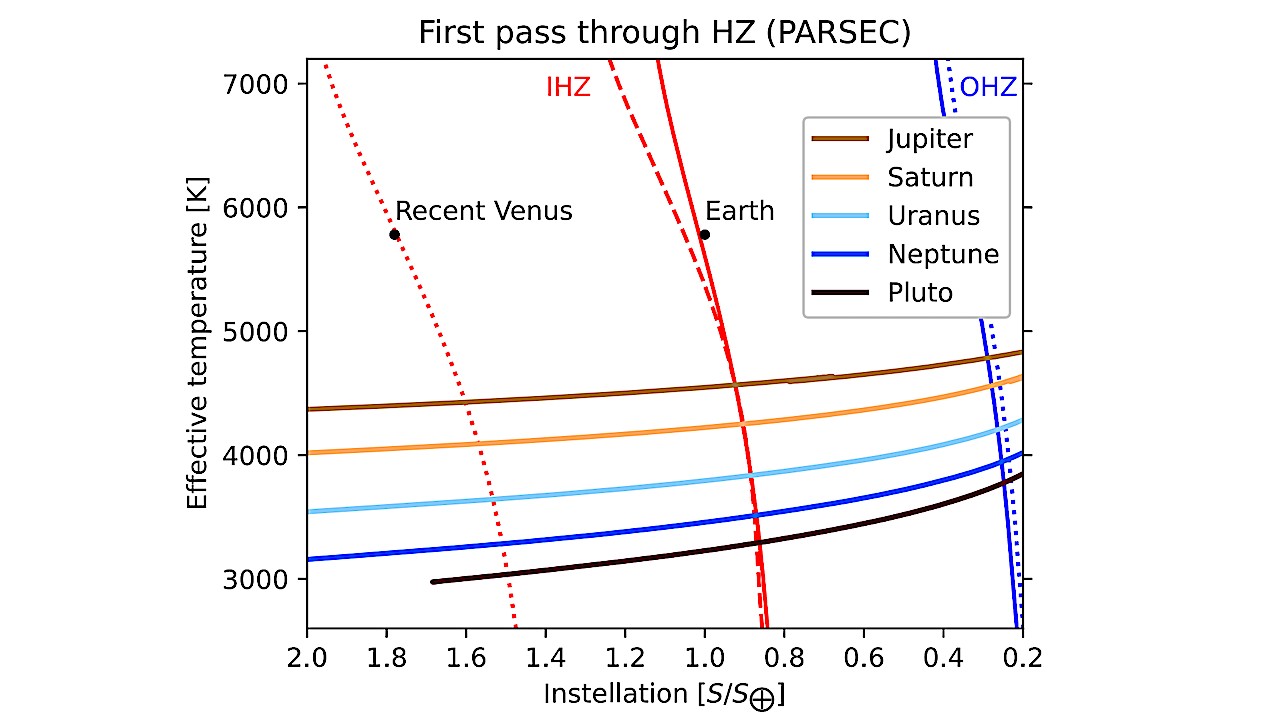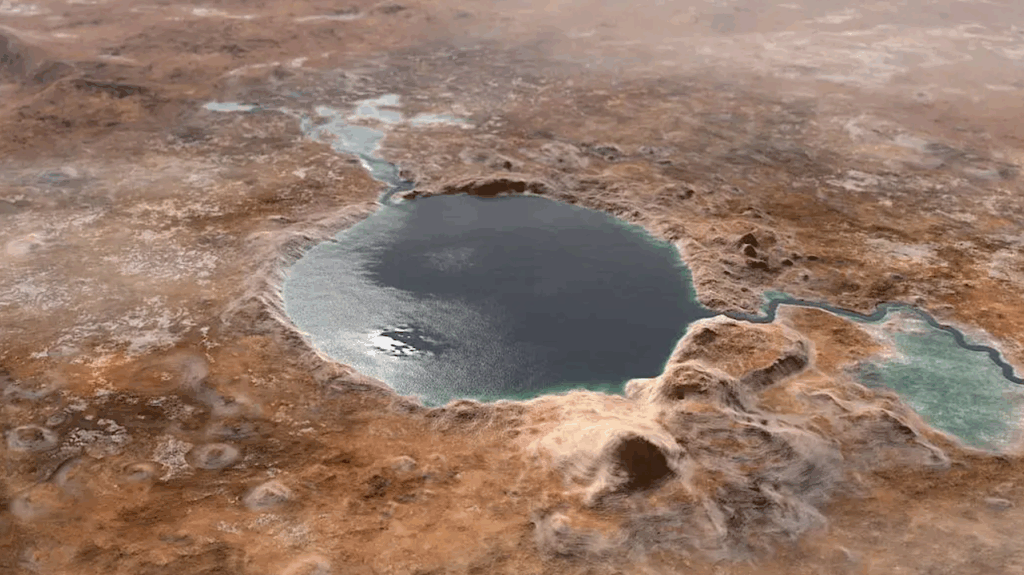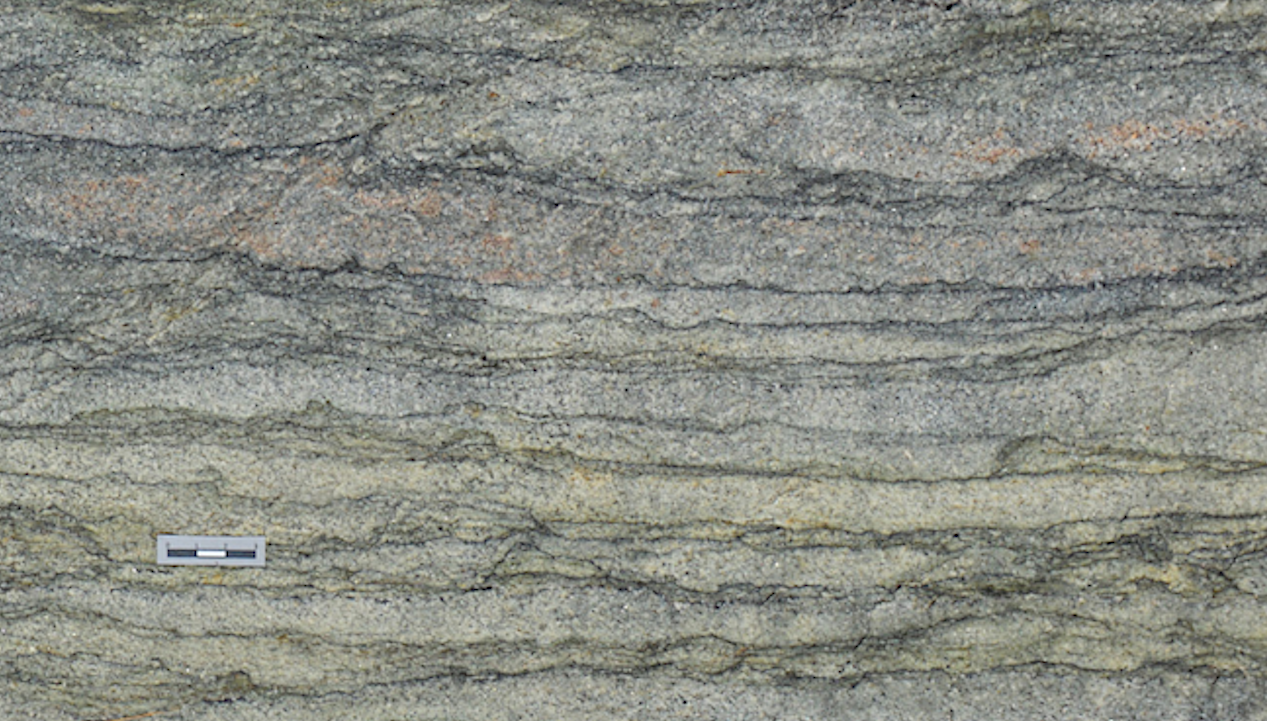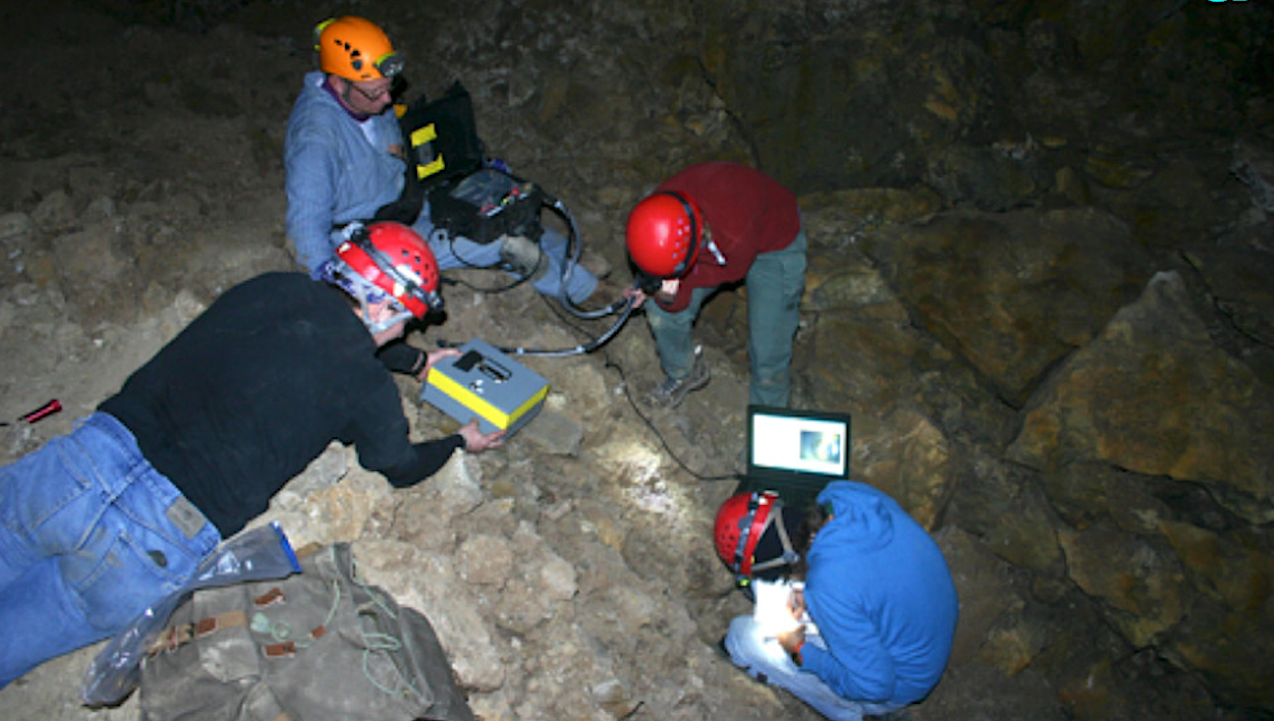Now Reading: Multiple Habitable Phases On Outer Exosolar Worlds
-
01
Multiple Habitable Phases On Outer Exosolar Worlds
Multiple Habitable Phases On Outer Exosolar Worlds


Plot of the various HZ limits (solid red and blue lines) and the evolution of instellation and effective temperature at the orbiting distance of each of the outer planets from the current age of the Sun until the RGB tip (see Figure 2). The HZ limit colors and line styles are the same as in Figure 1. During the RGB the instellation increases and the effective temperature decreases with respect to time. Therefore, the tracks evolve such that they enter from the right side and exit at the left side of the figure. Pluto’s track ends inside the axis limits, meaning that Pluto barely exceeds the recent Venus IHZ limit during the RGB. — NASA NTRS
As stars evolve to higher luminosities during first ascension of the giant branch, previously frozen terrestrial worlds may thaw and host liquid water on their surfaces.
Eventually these outer worlds again become uninhabitable due to receiving too much incident light and their water inventory evaporating. Solar-mass stars experience a sudden decrease in luminosity entering the horizontal branch, which could result in a secondary habitable phase for their outer worlds.
The outer worlds’ time with habitable surface climates is key in evaluating the possibility of extraterrestrial life arising. The times inside the habitable zone (TIHZ) are calculated for outer worlds orbiting between 5 and 45 au around a Sun-like star.
By comparing the TIHZ to time estimates for life to arise on Earth, we evaluate whether such outer worlds are promising candidates in the search for extraterrestrial life. We use two different solar evolution models (PARSEC and Dartmouth) and both optimistic and conservative habitable zone (HZ) definitions.
Multiple habitable phases are found for each outer world. Outer worlds with orbits as large as Saturn are found to have a secondary habitable phase which exceeds the first in duration.
Generally, the time inside the HZ is found to decrease almost monotonically with orbiting distance. Water loss is calculated after the first habitable phase to determine whether a secondary habitable phase is possible. For all orbiting distances the water loss is insufficient to deplete a water inventory equivalent to that of many moons in the outer solar system.
Multiple Habitable Phases on Outer Exosolar Worlds, NASA NTRS
Astrobiology,
Stay Informed With the Latest & Most Important News
-
 012024 in Review: Highlights from NASA in Silicon Valley
012024 in Review: Highlights from NASA in Silicon Valley -
 02Panasonic Leica Summilux DG 15mm f/1.7 ASPH review
02Panasonic Leica Summilux DG 15mm f/1.7 ASPH review -
 03How New NASA, India Earth Satellite NISAR Will See Earth
03How New NASA, India Earth Satellite NISAR Will See Earth -
 04From Polymerization-Enabled Folding and Assembly to Chemical Evolution: Key Processes for Emergence of Functional Polymers in the Origin of Life
04From Polymerization-Enabled Folding and Assembly to Chemical Evolution: Key Processes for Emergence of Functional Polymers in the Origin of Life -
 05And Thus Begins A New Year For Life On Earth
05And Thus Begins A New Year For Life On Earth -
 06Astronomy Activation Ambassadors: A New Era
06Astronomy Activation Ambassadors: A New Era -
07SpaceX launch surge helps set new global launch record in 2024




















